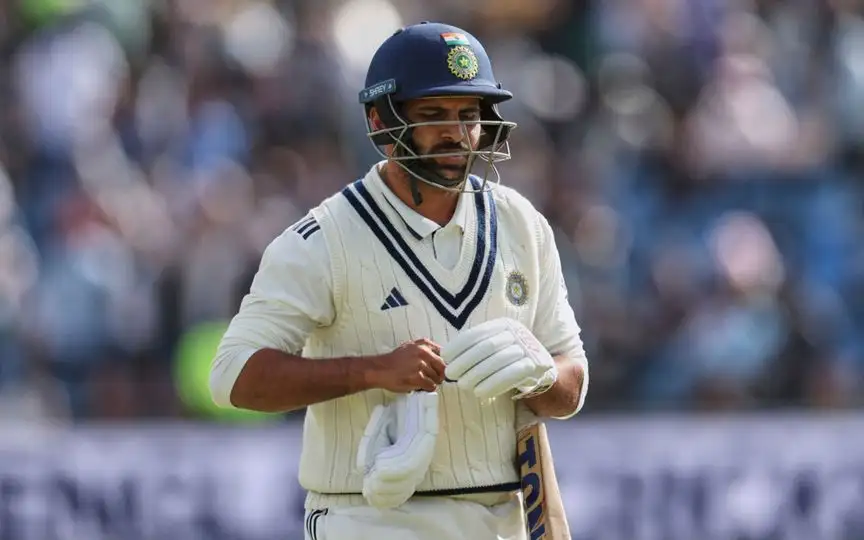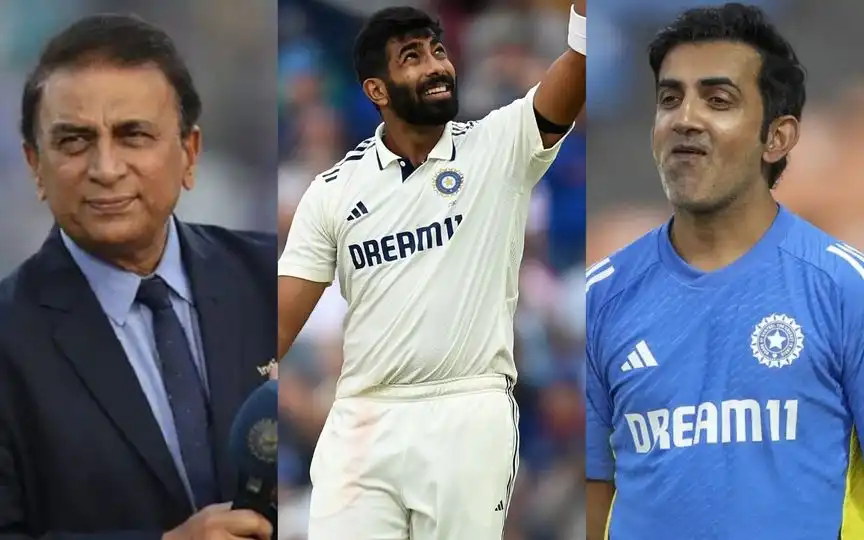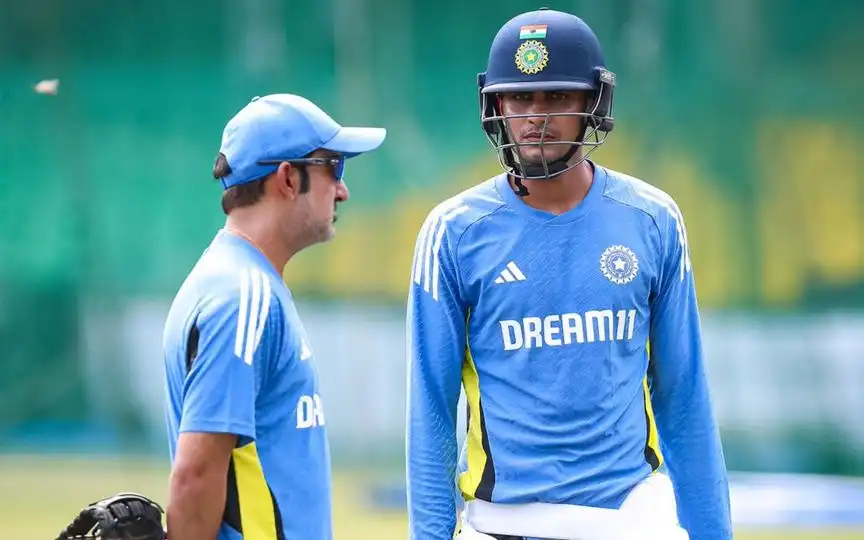![Kapil Dev with the 1983 World Cup [Source: @cricbuzz, @ICC/x.com]](https://onecricketnews.akamaized.net/parth-editor/oc-dashboard/news-images-prod/1750834203799_kapil_dev.jpg?type=hq) Kapil Dev with the 1983 World Cup [Source: @cricbuzz, @ICC/x.com]
Kapil Dev with the 1983 World Cup [Source: @cricbuzz, @ICC/x.com]
June 25, 1983, is one of the most memorable days in the history of Indian cricket. Forty-one years ago today, Kapil Dev lifted the cricket World Cup at the Lord's, creating a moment that fundamentally changed the sporting DNA of the nation. Defeating the mighty West Indies of the 1980s as underdogs was a cultural earthquake that reshaped India's sporting identity.
A large part of the Indian population doesn't realize how dramatically this victory shifted India's sporting priorities. Before that magical afternoon, cricket wasn't even India's primary sport; it was playing second fiddle to the Olympic glory of Hockey or the passion of football.
The Domination Of Hockey Before 1983
Before June 25, 1983, cricket wasn't the most popular or followed sport in India. The honour belonged to Hockey.
India was doing brilliantly in hockey, having dominated the sport in the Olympics like no other nation. In the period between 1928 and 1980, eight gold medals were under the team's belt. Legends like Dhyan Chand were household names, and hockey matches drew massive crowds and unprecedented attention.
Besides hockey, football also commanded regional loyalty, especially in Bengal, Goa, and Kerala. Football clubs like Mohun Bagan and East Bengal had passionate followings, and players like P.K. Banerjee were national heroes.
![Kapil Dev scored 175 [Source: @IndiaHistorypic/x.com]](https://onecricketnews.akamaized.net/parth-editor/oc-dashboard/news-images-prod/1750834544012_kapil_dev_175.jpg?type=mq) Kapil Dev scored 175 [Source: @IndiaHistorypic/x.com]
Kapil Dev scored 175 [Source: @IndiaHistorypic/x.com]
Cricket: The Gentleman's Game
Cricket in the early 1980s was largely confined to urban centres and certain social classes. The game was generally considered an affair of the Elite class.
Most Indians viewed cricket as an import reserved for the privileged class. The game lacked the mass appeal or attention that hockey or football enjoyed. Television coverage was limited, and cricket matches rarely captured the nation's collective imagination.
From Drawing Rooms to Street Corners
The impact of the 1983 World Cup win was immediate, and the transformation was noticeable. After this victory, cricket underwent a drastic transformation, shifting from being the game of the elite to one played on neighbourhood streets overnight.
Children who knew little about cricket started picking up cricket bats and suddenly became fans of Kapil Dev and Mohinder Amarnath. Every wall became a stump, and every stick a cricket bat. Local cricket clubs started popping up like mushrooms across the country. Schools that had focused on hockey or football began investing in cricket infrastructure.
The Shift Of India Sporting Community
Despite the Olympic glory, hockey failed to compete with the growing mass appeal of cricket. The sport that brought India its greatest international honours slowly lost its grip on the public imagination. Football retained its regional strongholds but failed to capture the imagination of the whole nation the way cricket did.
The rise of cricket as a game coincided perfectly with India's economic liberalization and the growth of television. The sport became the carrier for India's growing aspirations and confidence.
Legacy Of June 25
The current domination of cricket in India's sporting landscape makes it hard to imagine that it was ever otherwise. The IPL now generates billions; cricketers are currently among the highest-paid athletes, and sports have a profound influence on everything from politics to entertainment.
All of this traces back to that magical afternoon at Lord's when 11 men changed not just Indian cricket but the whole landscape of Indian sport itself.
June 25, 1983, didn't just win India a World Cup – it rewrote the nation's sporting DNA forever.


.jpg?type=mq)


